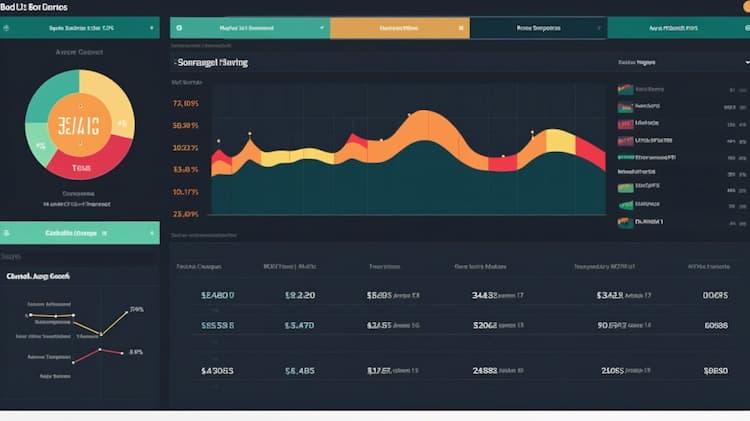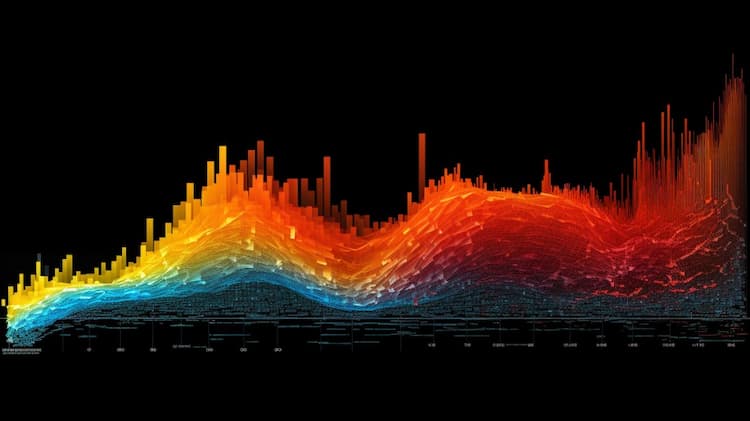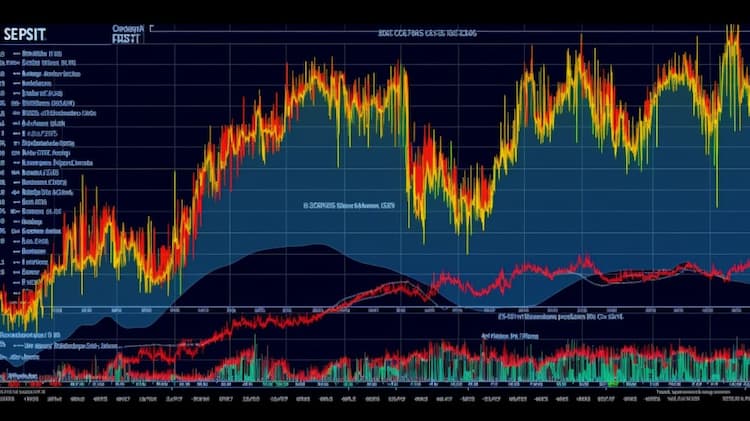
IYF VS KRE
Exchange-Traded Funds (ETFs) have become a cornerstone of modern investment portfolios, offering diversified exposure to various sectors and asset classes. In this article, we will conduct an in-depth analysis comparing two notable ETFs: IYF (iShares U.S. Financials ETF) and KRE (SPDR S&P Regional Banking ETF). This comprehensive exploration will cover essential aspects such as ETF tickers, full names, issuers, sectors, top holdings, capitalization, investment strategy, tracking methods, and exposure.
IYF Vs KRE: Overview
IYF and KRE are distinct ETFs with a focus on the financial sector. However, they cater to different segments within this sector. IYF provides exposure to large-cap U.S. financial companies, including banks, insurance firms, and diversified financial services. On the other hand, KRE narrows its scope to regional banking institutions within the United States. This disparity in focus leads to contrasting risk profiles and potential returns, making a detailed comparison essential for informed investment decisions.
IYF Vs KRE: Sectors and Top Holdings
Diving into sectors and top holdings sheds light on the underlying assets driving these ETFs. IYF encompasses a broader range of sectors, which includes banking, insurance, real estate, and diversified financial services. In contrast, KRE concentrates on the regional banking industry, with its top holdings consisting of regional banking giants like U.S. Bancorp, PNC Financial Services Group, and Truist Financial. Investors must assess their risk tolerance and sector preferences when choosing between these two ETFs.
 IYF overlap IYF VS KRE
IYF overlap IYF VS KRE
IYF Vs KRE: Capitalization and Investment Strategy
The capitalization and investment strategy of an ETF provide insights into its market presence and approach. IYF boasts a substantial asset under management (AUM), indicative of its popularity and market capitalization. Its investment strategy centers on mirroring the performance of large-cap U.S. financial companies. In contrast, KRE aims to replicate the performance of regional banking companies, often characterized by a higher degree of exposure to local economic conditions. This distinction underscores the importance of aligning an ETF's strategy with an investor's goals.
IYF Vs KRE: Tracking Methods and Exposure
Understanding how ETFs track their underlying assets and the exposure they offer is crucial for making informed investment choices. IYF tracks an index of U.S. financial companies, providing investors with a diverse snapshot of the broader financial sector's performance. KRE, however, follows an index focused on regional banking stocks, offering concentrated exposure to a specific sub-industry. Investors seeking a broad overview of the financial sector may lean towards IYF, while those interested in the dynamics of regional banking might find KRE more appealing.
Conclusion
IYF and KRE exemplify how ETFs cater to different niches within the financial sector. Their varying focuses, strategies, and exposures create distinct investment opportunities with accompanying risks. For those who wish to delve deeper into the intricacies of these ETFs, ETF Insider emerges as an invaluable tool. This user-friendly app empowers investors with insights into holdings, correlations, overlaps, and other critical information, enabling them to make well-informed decisions.
Disclaimer: This article is intended for informational purposes only and does not provide investment advisory services.
Sources:
iShares. (n.d.). IYF - iShares U.S. Financials ETF. Retrieved from [URL]
State Street Global Advisors. (n.d.). KRE - SPDR S&P Regional Banking ETF. Retrieved from [URL]
IYF quote and analysis
Discover the top holdings, correlations, and overlaps of ETFs using our visualization tool.
Our app allows you to build and track your portfolio.
To learn more about the IYF iShares U.S. Financials ETF, access our dedicated page now.
FAQ
Why is IYF better than KRE?
IYF may be considered better than KRE for some investors due to its specific focus, offering diversification.
Does KRE beat IYF?
KRE's performance relative to IYF will vary over time, depending on market conditions.
Should I invest in IYF or KRE?
The choice between IYF and KRE should align with your investment goals, risk tolerance, and desired exposure.
Are IYF and KRE good investments?
Both IYF and KRE can be suitable investments depending on individual investment strategies, goals, and risk profiles.
What is the correlation between IYF and KRE?
The correlation between IYF and KRE can vary over time, reflecting differences in performance.















